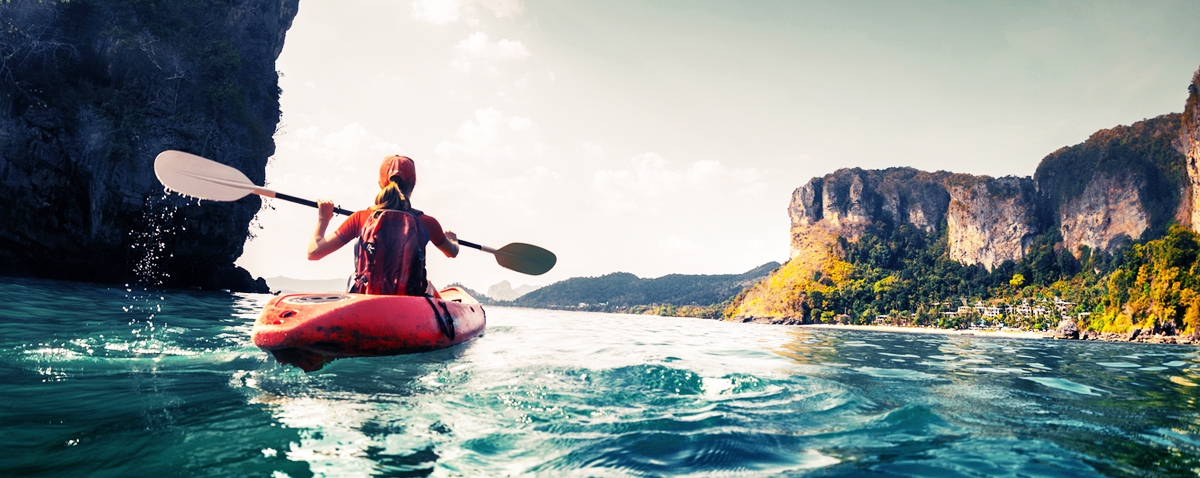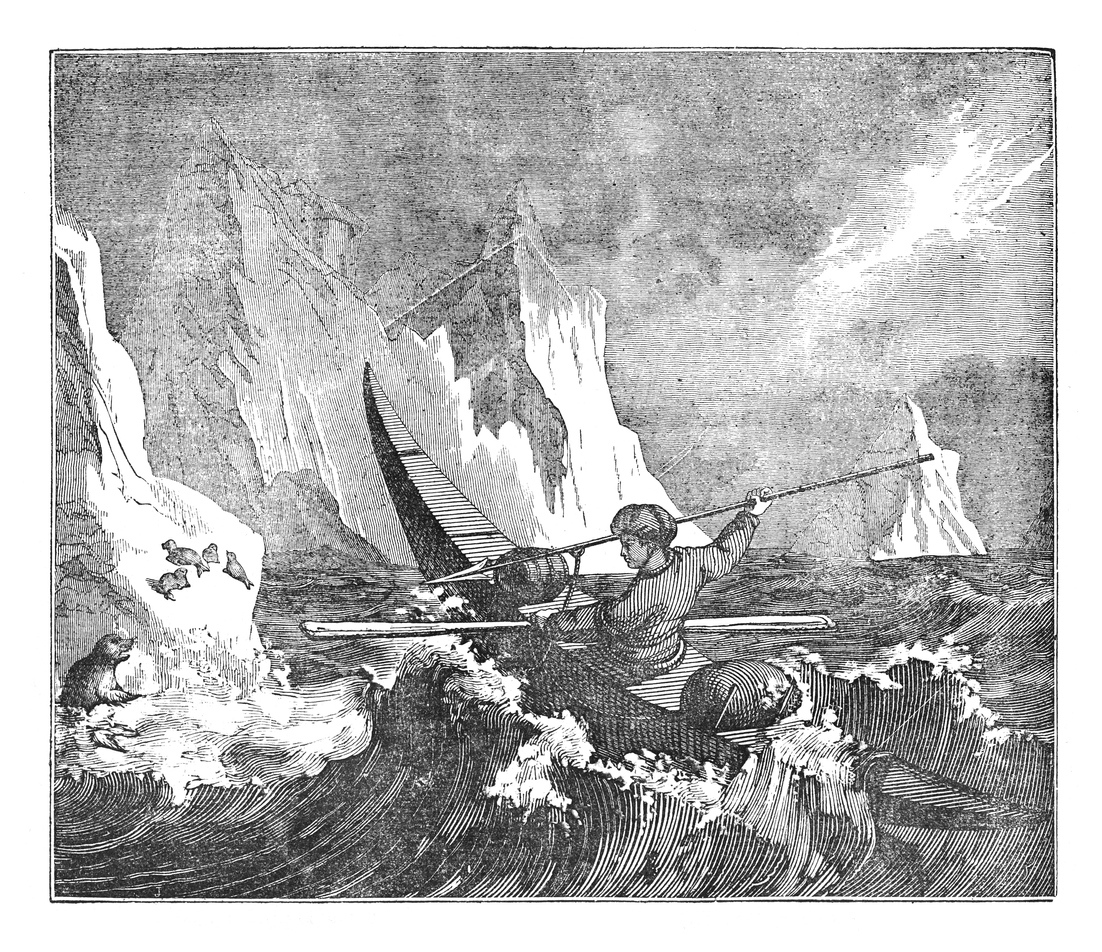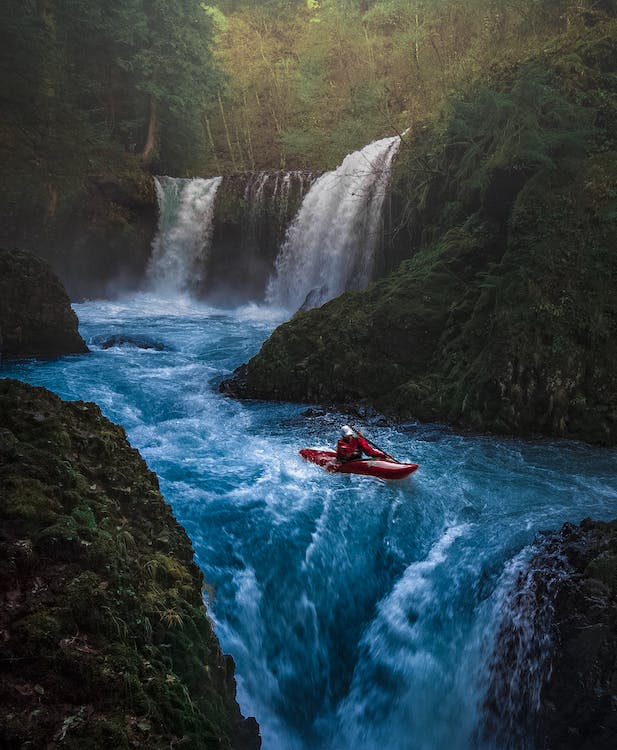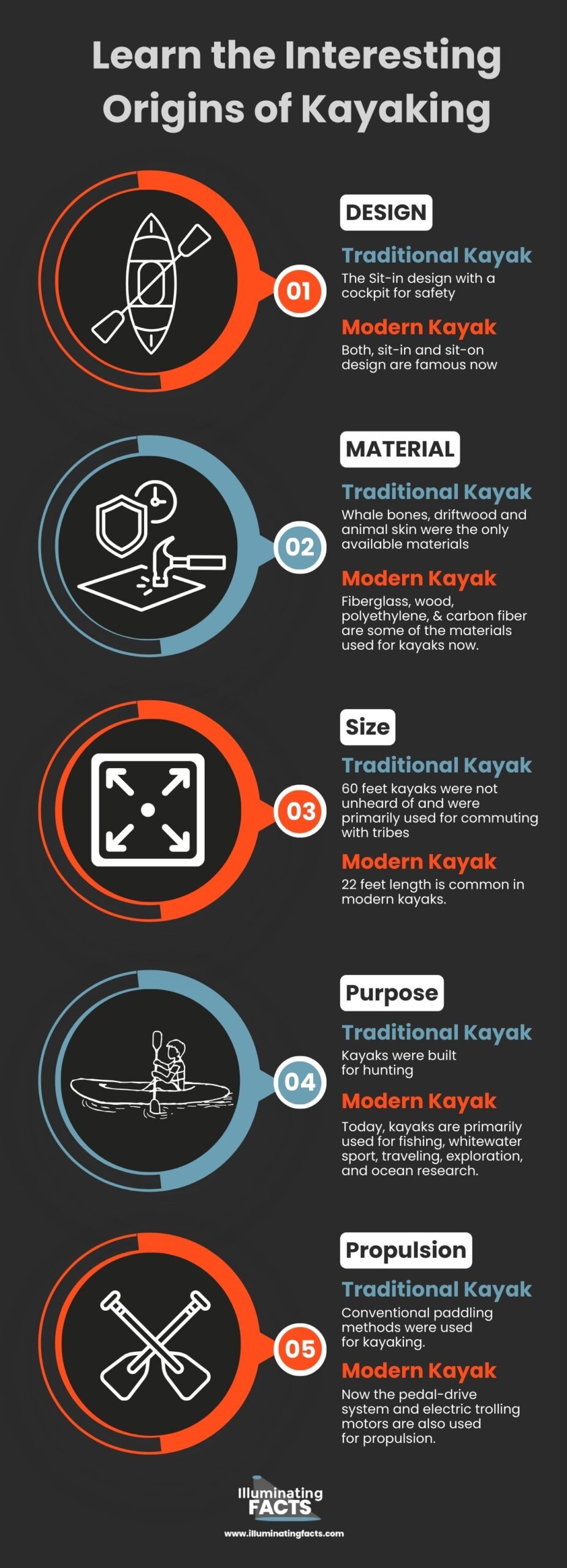Do you have a passion for water sports? Do you get super excited every time someone plans a water activity? If so, then you probably have heard about one of the most fun water sports, kayaking.
This simple yet thrilling water activity requires a double-bladed oar and a small boat. In some cases where water is rough, a life jacket is also recommended. Though an ancient activity, kayaking has become one of the most famous water sports. In fact, even Olympic Sports now have a number of events for paddling sports, including Canoe Sprint (200, 500 and 1,000 meters racing) and Canoe Slalom (navigating through gates on a river course). Though it is normally designed to accommodate an individual, tandem kayaks are also built to allow 2 or 3 people in it, making kayaking a couple or group activity.
The Versatility of Kayaking
Besides being a fun activity, the popularity of kayaking is due to the versatility it offers. Whether you are a beginner or someone who has been kayaking for years, you will still want to go for more. If you plan to kayak, start your journey from flat-water to get a hang of the sports. As you master the skills required to kayak efficiently, you have a variety of destinations to opt for. From plain lakes to turbulent rivers, roaring seas to mellow oceans, kayaking can fit in all kinds of water bodies.
The Origin of Kayaking
You might be surprised to know that kayaking or paddling has a history of more than 4500 years. [1] What you think of as a wonderful activity was once a mean of survival for the indigenous people of the Arctic region. With extreme cold, scarcity of food and severe climatic conditions, the Inuit, Yupik and Aleut tribes had to struggle to acquire food. Hunting the walruses and seals was their only means of survival as the thick-skinned animals provided raw material for their dwelling and their “kayaks”, besides providing them with food.
The First Kayak
Kayak, it is believed by many, means hunter’s boat or man’s boat. Initially, the boat was built to allow the tribesmen to go hunting on it. With its light structure made of materials that were easily available at that time such as the whale bone, wood and whale fat, the kayak made it simple for the hunters to navigate the seas. With his leg covered under the sea, the tribesman had a better chance to stay safe while preying on the sea beasts.
The Problem with Design of Ancient Kayak
Initially, the kayak was not able to stay afloat and the tribes had to experiment with the seal bladder to make the boat more buoyant. Later, they further experimented with whale bones and whale fat to make the kayak sturdier and more capable of bearing the turmoil they usually experience in water.
Variety in Ancient Kayaks
An interesting fact worth knowing is that in ancient times, in order to transport the whole family along with their valuables, umiaqs were used. These kayaks were up to 60 feet long, allowing everyone to settle inside the kayak. From basic to complex, the design of kayaks evolved with time. The complexity depended on the availability of materials. Listed below are the three famous kayak designs.
1 – The Umiaq
Made with either whale skeletal or driftwood, the frame was covered with a stretchy walrus or seal skin. Umiaq was built to travel in tribes as the 30 feet long and 7 feet wide kayak could accommodate 15 people. [2]
2 – The Aleutian Kayak
“Baidarka” as it was named by Russians, this small boat was meant to house only one person.
3 – The Ulutax
Small in size but with two cockpit spaces, Ulutax could take 2 people on it.
Umiaq is still a famous kayak but now instead of driftwood, a variety of woods, such as cedar, hickory, Douglas fir and oak are used. Interestingly, boiling these woods allows one to shape them as desired, therefore, kayaks can now be easily shaped and designed, showing the innovation in craftsmanship as well.
Innovation in Design
Nowadays, we hardly see traditional kayaks made of wood, except only the Umiaq. Modern kayaks are made using a variety of materials ranging from lightweight kayaks made from fiberglass to simple yet sturdy kayaks made of thermoplastic, PE and carbon fiber. [3]
Due to varied functions, different kayaks are designed and manufactured to cater to different requirements and are not used just for hunting anymore. Here are six kinds of commonly used kayaks, which shows that their shape and design is defined by their function.
1 – Surf Kayak
As the name suggests, these kayaks are designed for adventure seekers and those who enjoy surfing. Designed to be used in rough oceans, Surf Kayak is a must have equipment for those who want to have some thrilling time catching waves.
2 – Sea Kayaks
Sea kayak is for people who want to travel solo and cover long distances in the sea. With its sleek design, sea kayak has long hulls that help the boat in easy planning.
3 – Foldable Kayak
With the innovation in technology, now it is possible to have a portable kayak that can be packed and easily taken to places. These kayaks have a collapsible frame, usually made of lightweight materials such as PVC or carbon fiber or wood or aluminum..
4 – Inflatable Kayak
Similar to foldable kayak, inflatable kayak is also portable, but it is more stable due to its design. The wide bottom allows wider span, allowing both beginners and experts to maintain control. It can be inflated or deflated for easy storage and transportation.
5 – Whitewater Kayak
Those who crave for the thrill and adrenaline rush, whitewater kayak is for them to be used in turbulent waters. These are shorter and more maneuverable, thanks to its hull shape , safety features such as grab handles, bulkheads and thigh braces and use of durable and strong materials.
6 – Racing Kayak
Racing kayaks are designed to go as fast as possible from point A to B. They are built for optimal performance in race courses, rivers, lakes and other controlled water conditions. These lightweight, narrow and long kayaks allow for maximum speed.
The Kayaking Journey to Europe
Europe was introduced to kayaking by the mid 1800s and initially it was used to skim across cold waters. [4] It soon piqued the interest of the Germans and the French. They realized how enjoyable paddling a kayak was and soon kayaking gained popularity as a sport throughout Europe.
Unlike conventional boats, this unique vessel had the potential to work, irrespective of the extremities of water. It gained popularity among explorers who wanted to explore the turbulent waters, expanding the possibilities of exploration.
John MacGregor and His Travel Adventures
John MacGregor, a prominent British adventurer, explorer and travel writer made significant contribution to popularization and development of recreational paddling. He made kayaking popular when he wrote his anecdote about traveling via kayak in his books. In his kayak, “The Rob Roy” John passed many lakes and rivers in the Central Europe, Baltic Sea, Red Sea and the Suez Canal. [5] By narrating his travel journey, he encouraged many explorers to come out of their comfort zone and experience the unique experience kayaking had to offer.
Pioneer of Whitewater Kayaking
In 1931, Adolf Anderle (Austria) kayaked the Salzachofen Gorge and his journey paved the way for the International Scale of River Difficulty Scale. [6] This classification allows people to understand the extremities the rapid rivers have to offer, making it easier for them to gauge for themselves whether they had it in them to test waters or choose an easier alternative. This system is so thoroughly designed that it is still in use today.
Whitewater Kayaking
It was not until 1936 that kayaking became a popular water sport. While people were enjoying it as a sport in their regions, in 1936, Berlin initiated paddling sports in the Olympics. The idea intrigued many with the USA getting on board to be part of the sport. Soon women started to take part in kayaking as well. Genevieve De Colmont and her partners became the first to kayak white water kayaking in Green and Colorado Rivers. [7]
The fiberglass kayak further upped the game of kayaking in the 1950s and later polyethylene kayaks made the game accessible to all in the 1980s. It is no wonder that kayaking has now become an important water sport in the Olympics, with more than 10 different activities around it. [8]
Modern VS Ancient Kayaks: An Overview
While kayaking has been around for centuries, it too has evolved with time. Here are the 5 differences worth noting for all the kayaking lovers
| Differences | Traditional Kayak | Modern Kayak |
|
Design |
The Sit-in design with a cockpit for safety | Both, sit-in and sit-on design are famous now |
|
Material |
Whale bones, driftwood and animal skin were the only available materials | Fiberglass, wood, polyethylene, and carbon fiber are some of the materials used for kayaks now. |
|
Size |
60 feet kayaks were not unheard of and were primarily used for commuting with tribes | 22 feet length is common in modern kayaks. [9] |
|
Purpose |
Kayaks were built for hunting |
Today, kayaks are primarily used for fishing, whitewater sport, traveling, exploration, and ocean research. |
|
Propulsion |
Conventional paddling methods were used for kayaking. | Now the pedal-drive system and electric trolling motors are also used for propulsion.
|
Conclusion
Kayaking has has been around since a long time and is a versatile and thrilling water sport. Although beginners can also enjoy kayaking, they should start from flat water bodies as this allows them to practice safely and gradually polish their skills. We can expect to see ‘smart kayaks’ pretty soon with all kinds of modern gadgetry that make paddling a breeze. [10]
References:
[1] A brief history of kayaking at Jupiter outdoor center. (n.d.). Jupiter Outdoor Center. https://www.jupiteroutdoorcenter.com/history-of-kayaking/
[2] OBrien, S. (n.d.). A brief history of kayaking – From early kayaks to modern designs & beyond. WaterSportsWhiz. https://www.watersportswhiz.com/kayak-history-of-kayaking/
[3] OBrien, S. (n.d.). What are the different types of kayaks? – 21 kayak types explained. WaterSportsWhiz. https://www.watersportswhiz.com/types-of-kayaks/
[4] Paddles, B. (2022, February 18). A brief history of kayaking. Blazin’ Paddles. https://www.blazinpaddles.com/a-brief-history-of-kayaking/
[5] Wall posts. (n.d.). VK. https://vk.com/wall-18641700_486
[6] Staff Writer. (2018, February 28). The history of kayaking: Past to present. Kayak Judge | The Best Kayaking, Rafting and Paddling Adventures. https://kayakjudge.com/history-of-the-kayak/
[7] Genevieve and Bernard de Colmont and Antoine de Seynes – International whitewater hall of fame. (n.d.). International Whitewater Hall of Fame – A part of the World River Center. https://iwhof.org/honoree/genevieve-and-bernard-de-colmont-and-antoine-de-seynes/
[8] Olympic canoeing and kayaking. (n.d.). Topend Sports | The Sports Fitness, Nutrition and Science Resource. https://www.topendsports.com/events/summer/sports/canoe.htm
[9] OBrien, S. (n.d.). A brief history of kayaking – From early kayaks to modern designs & beyond. WaterSportsWhiz. https://www.watersportswhiz.com/kayak-history-of-kayaking/
[10] Staff, P. M. (2019, June 9). Paddling experts on the future of kayaking. Paddling Magazine. https://paddlingmag.com/stories/industry-trends/paddling-experts-on-the-future-of-kayaking/





